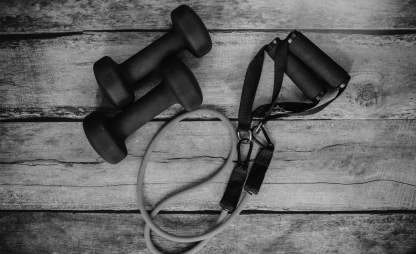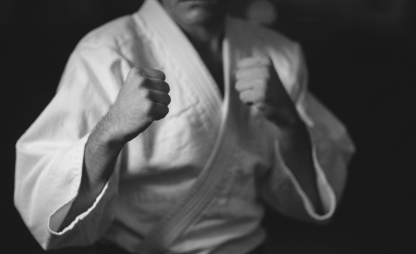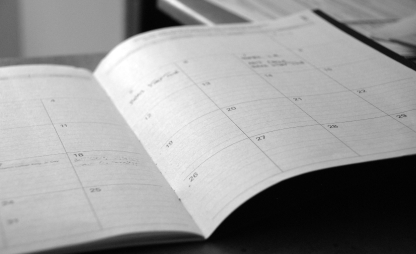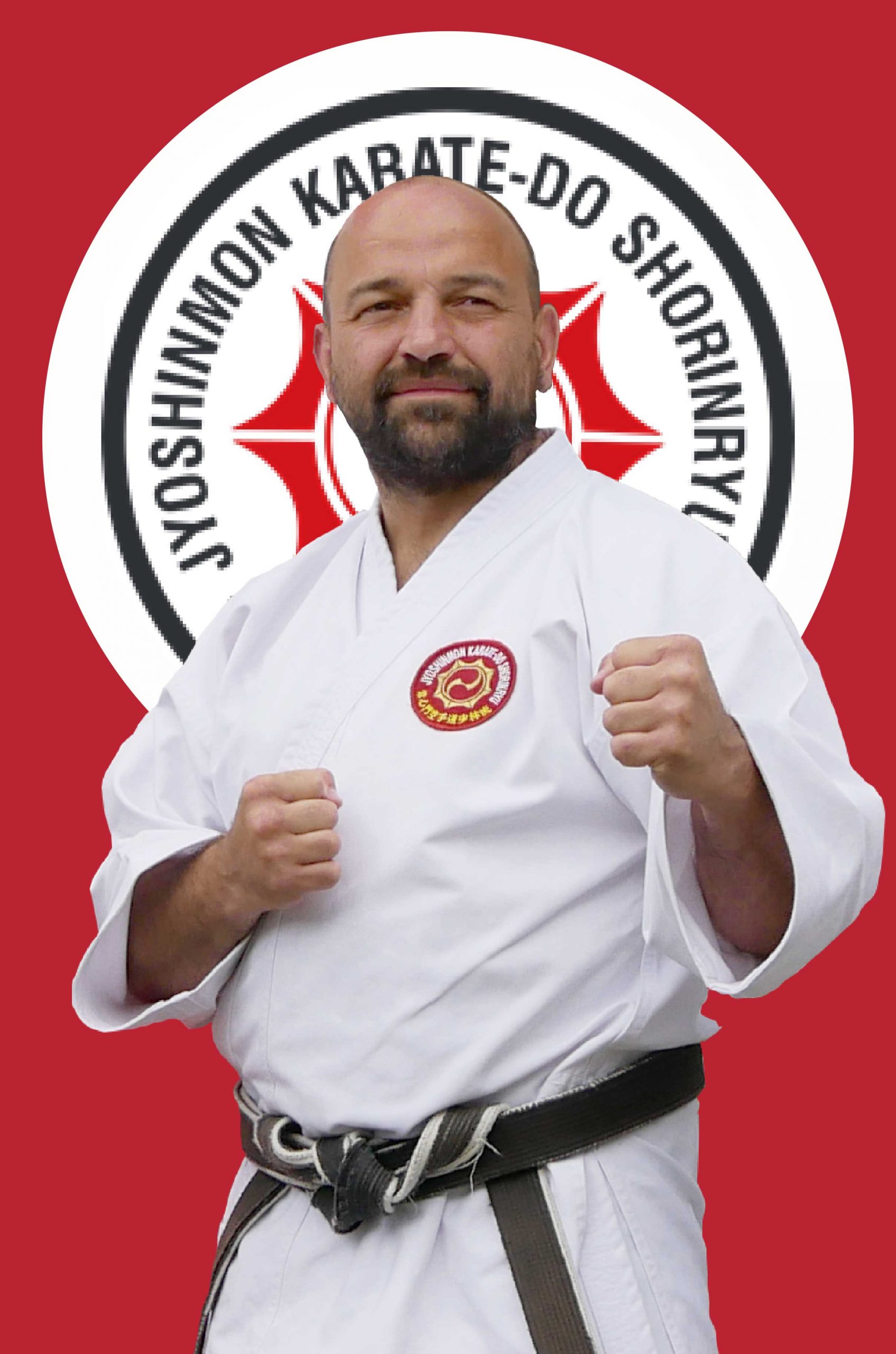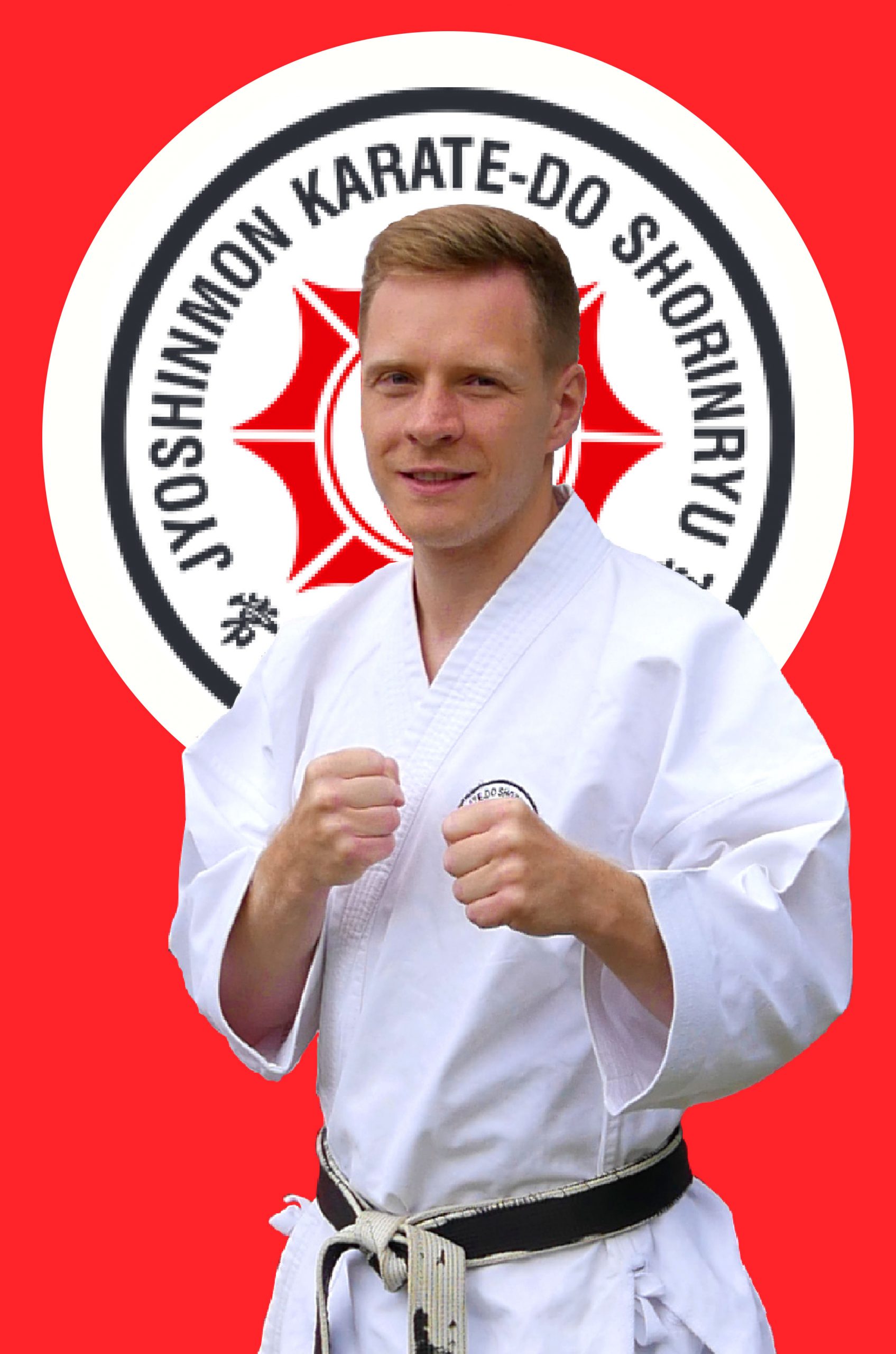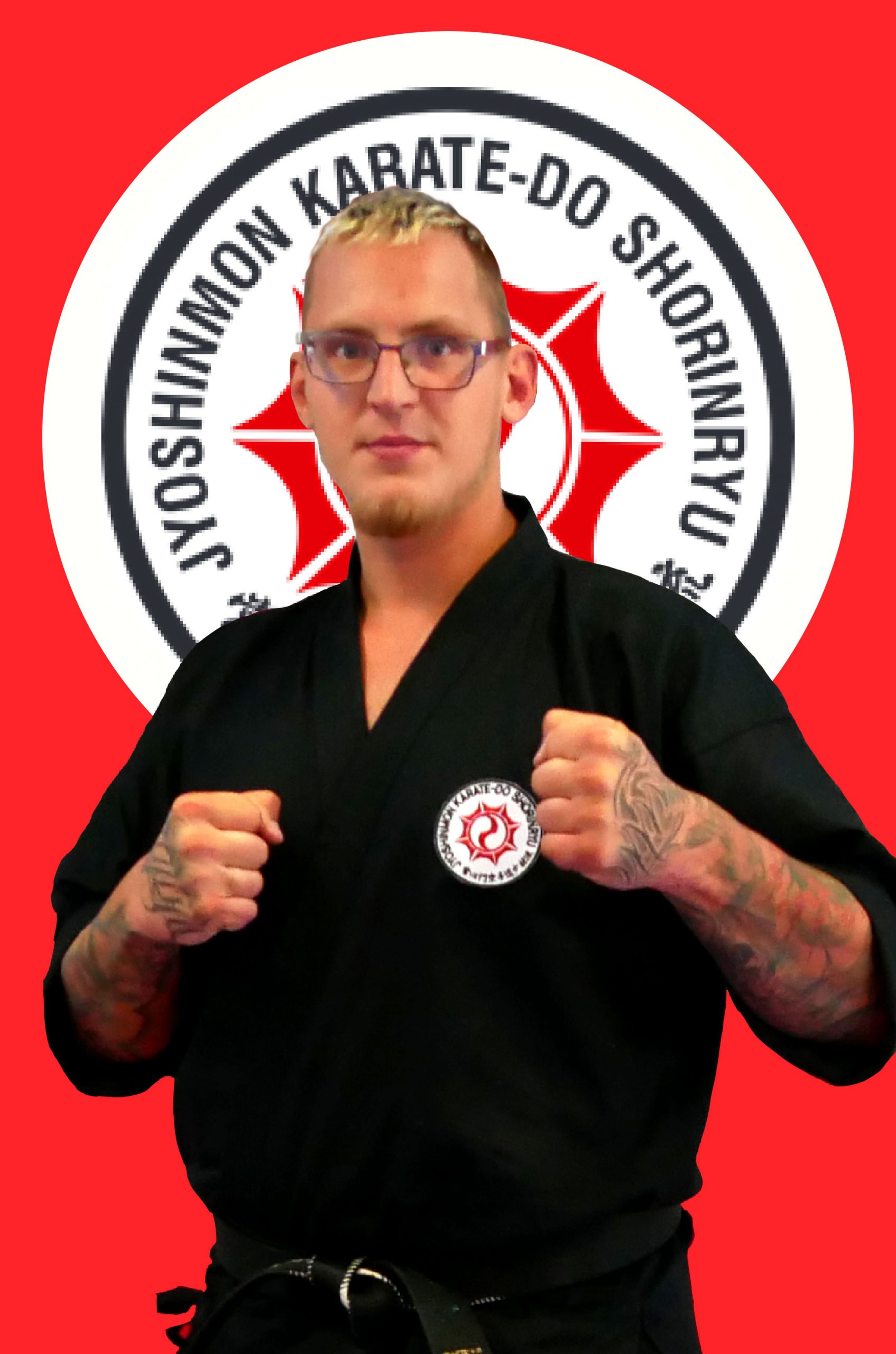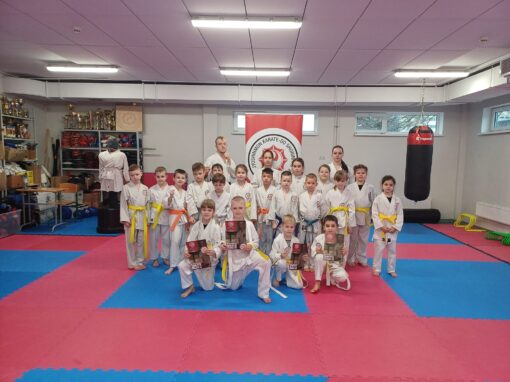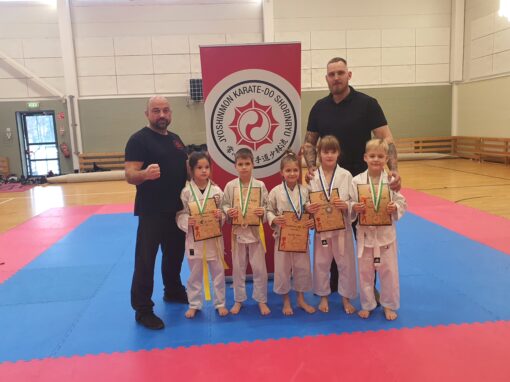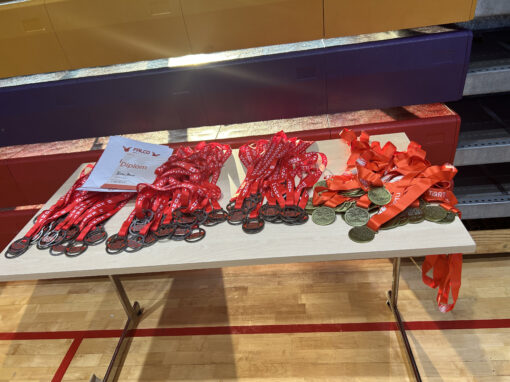• Karate • Karate • Karate
the art of the empty hand
Karate is a martial art with a centuries-old history that began with the legendary Bodhidharma, the founder of Zen Buddhism. At Shaolin Monastery in China, he trained his students in patience, speed, flexibility, agility and strength. The training he conducted was based on the principle of animal movements with elements of self-defense. These training methods eventually evolved into the martial art of Shaolin Monastery.
Later, this art spread to Japan, where it mixed with local traditions of fighting. A significant influence on the development of karate was the arrival of Chinese colonists in Okinawa, who passed on knowledge of martial arts to the local population. Over time, karate has been enriched and transformed, absorbing elements of different cultures and techniques, and has become one of the most respected and practiced martial arts in the world.
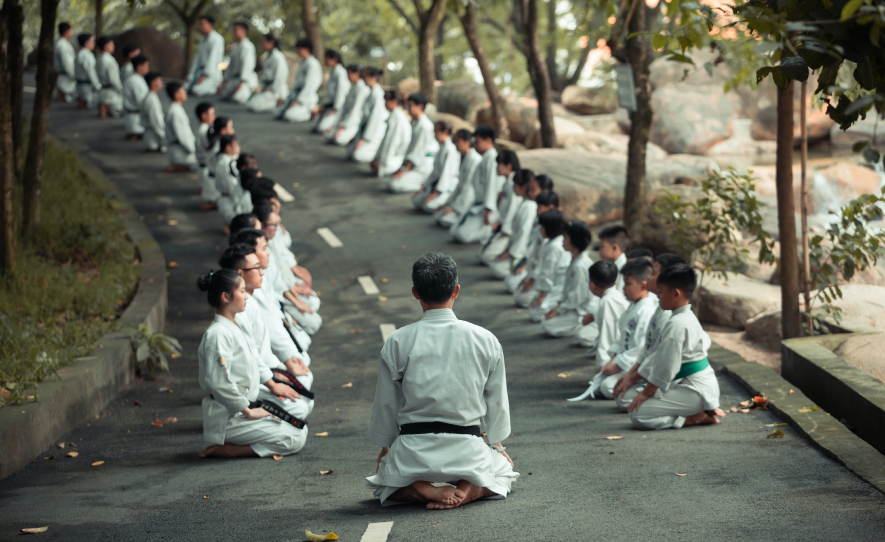
The term “karate” literally translates to “empty hand”. This name reflects one of the basic concepts of karate – the art of self-defense without the use of weapons.
Transformation of karate styles
There are many styles of karate today, but they all share one common origin: Chinese martial and spiritual practices. All styles of karate come from a common root, the Okinawan schools of hand-to-hand combat (Okinawa-te).
Under the influence of Chinese masters who brought to Okinawa their own vision in the processes of training fighters, technical and philosophical differences in the styles within Okinawa-te emerged. These differences and changes allowed the great masters to develop their own styles of karate.
To spread Okinawan karate in Japan, schools introduced new approaches. First, sporting restrictions such as controlled contact were introduced: kicks began to be practiced with a stop a few millimeters in front of the target, which greatly reduced the risk of injury. Also introduced was a system of apprentice degrees, the kyu, and an emphasis on educating youth in the spirit of Japanese tradition. These changes contributed to the formation of limited contact karate sports.
On the other hand, the traditional hard schools remained, retaining elements of closure and a focus on the martial application of techniques without sporting restrictions. This division of karate into traditional and sport styles is still observed today, which emphasizes its flexibility and adaptability.
Karate Jyoshinmon
The Jyoshinmon Shorin-ryu style is practiced at our school. Jyoshinmon means “Gate of Unshakable Spirit” in Japanese. The style was founded in 1969 by the legendary Japanese karate master Ikeda Hoshu on the basis of two ancient Okinawan styles Shorin-ryu and Shorin-ryu.
Ikeda Hoshu created the structure of the school’s technique based on the two pillars of tradition and creativity, ensuring the harmony of antiquity and modernity.
In addition to hand-to-hand combat, the Jyoshinmon school also includes kobudo and seitai. Kobudo is the traditional Okinawan martial art of working with edged weapons. The term “seitai” can be translated from Japanese as “creating health”, which is achieved through relatively simple exercises.
Training in karate consists of three parts: kihon, kata and kumite.
Kihon is the study of basic technique and the foundation of technical training, laying the foundation of skill.
Kata are sets of exercises where the athlete demonstrates the technique of alternating blocks, kicks and movements. Kata allow the basic canons of the school to be passed on from teacher to student. The meaningful performance of kata is an accession to the cultural tradition of the old masters.
Kumite is sparring in Japanese martial arts. Kumite forms the correct perception of combat as such, a sense of distance, balance, polishes the techniques learned from kata and kihon, strengthens the fighting spirit.
Jyoshinmon Shorin-ryu is now an international martial arts organization with branches all over the world, reflecting its wide acceptance and the appeal of its underlying philosophy
Coaches
ALEKSANDR LANBERG
HEAD COACH
Club’s President
ANDRES KIVISELG
KARATE
ARTUR KÜLA
KICKBOXING, KARATE
My son started practicing KARATE at JYOSHINMON Sports Club and I am satisfied with the results. Training under the guidance of coach Artur Küla has given him not only physical strength but also discipline. My son is proud of his achievements and we are grateful to the club and the coach for their care and professionalism.
Maria Sidorova
mom of athlete Alexander Sidorov
Our daughter takes Grappling at JYOSHINMON Club and it has made a great difference in her life. Coach ALEXANDER LANBERG has inspired her and helped her to develop her skills in this exciting form of fighting. We can see that she is becoming more confident and resilient with each training session. Thank you JYOSHINMON club and coach for the great training.
Martin Kumaev
father of sportswoman Arina Kumayeva
Training Sessions
You can see the training schedule and the club’s branch locations in our Timetable.

